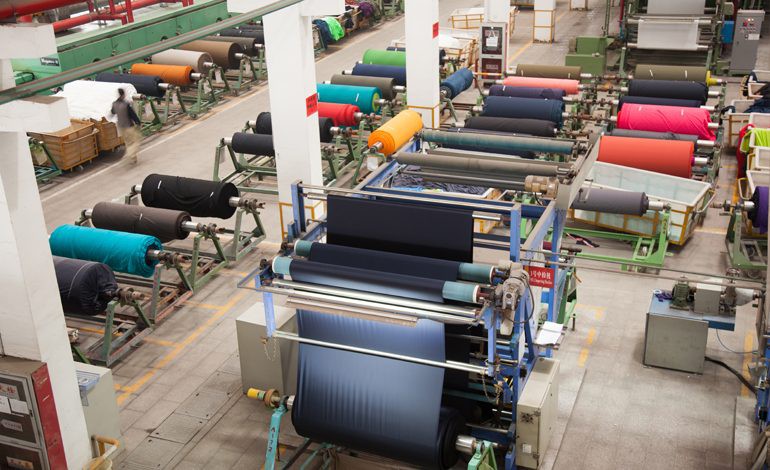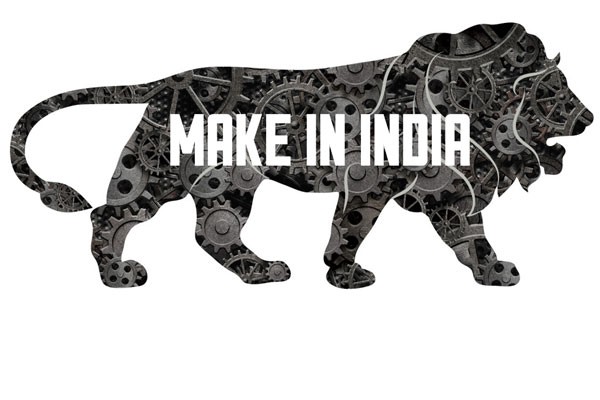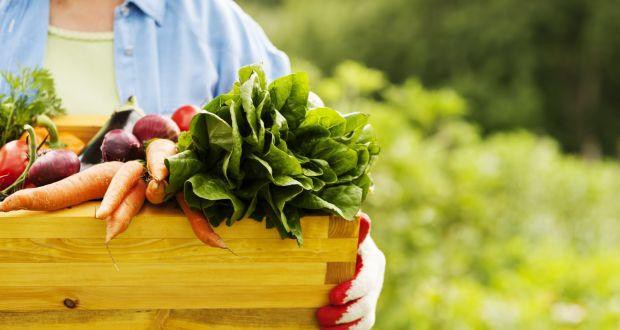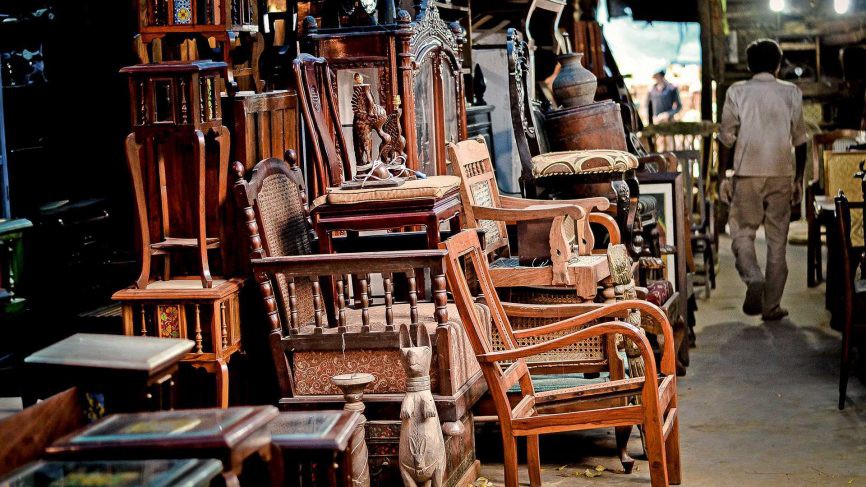All Categories
- Packaging & Printing
- Kitchen Utensils & Appliances
- Lights & Lighting
- Furniture
- Machinery
- Tools & Hardware
- Mechanical Parts & Spares
- Metals, Alloys & Minerals
- Chemicals, Dyes & Solvents
- Industrial Supplies
- Home Textile & Furnishing
- Books & Stationery
- Ayurvedic & Herbal Products
- Leather Products
- Computers & PC Hardware
- Energy & Power
- Home Supplies
- Natural Stones
- Plastic & Plastic Products
- Rubber & Rubber Products
- Building & Construction
- Shoes & Accessories
- Consumer Electronic
- Security, Safety & Protection
- Electrical Equipment & Supplies
- Telecom Equipment & Goods
- Sports Goods, Toys & Games
- Gifts & Crafts
- Health Products, Drug & Medicine
- Hospital & Medical Instrument
- Cosmetics & Beauty Products
- Fashion Accessories
- Bags, Belts and Wallets
- Automobile, Parts & Spares
- Gemstones
- Textiles, Yarns & Fabrics
- Jewellery
- Garments and Clothings
- Agriculture and Farming
- Food and Beverages
- No Traders in The Mask of Manufacturers @ Getmanufacturers.com
- Advertise with us
- Add your business
Business
All Categories
- Packaging & Printing
- Kitchen Utensils & Appliances
- Lights & Lighting
- Furniture
- Machinery
- Tools & Hardware
- Mechanical Parts & Spares
- Metals, Alloys & Minerals
- Chemicals, Dyes & Solvents
- Industrial Supplies
- Home Textile & Furnishing
- Books & Stationery
- Ayurvedic & Herbal Products
- Leather Products
- Computers & PC Hardware
- Energy & Power
- Home Supplies
- Natural Stones
- Plastic & Plastic Products
- Rubber & Rubber Products
- Building & Construction
- Shoes & Accessories
- Consumer Electronic
- Security, Safety & Protection
- Electrical Equipment & Supplies
- Telecom Equipment & Goods
- Sports Goods, Toys & Games
- Gifts & Crafts
- Health Products, Drug & Medicine
- Hospital & Medical Instrument
- Cosmetics & Beauty Products
- Fashion Accessories
- Bags, Belts and Wallets
- Automobile, Parts & Spares
- Gemstones
- Textiles, Yarns & Fabrics
- Jewellery
- Garments and Clothings
- Agriculture and Farming
- Food and Beverages






